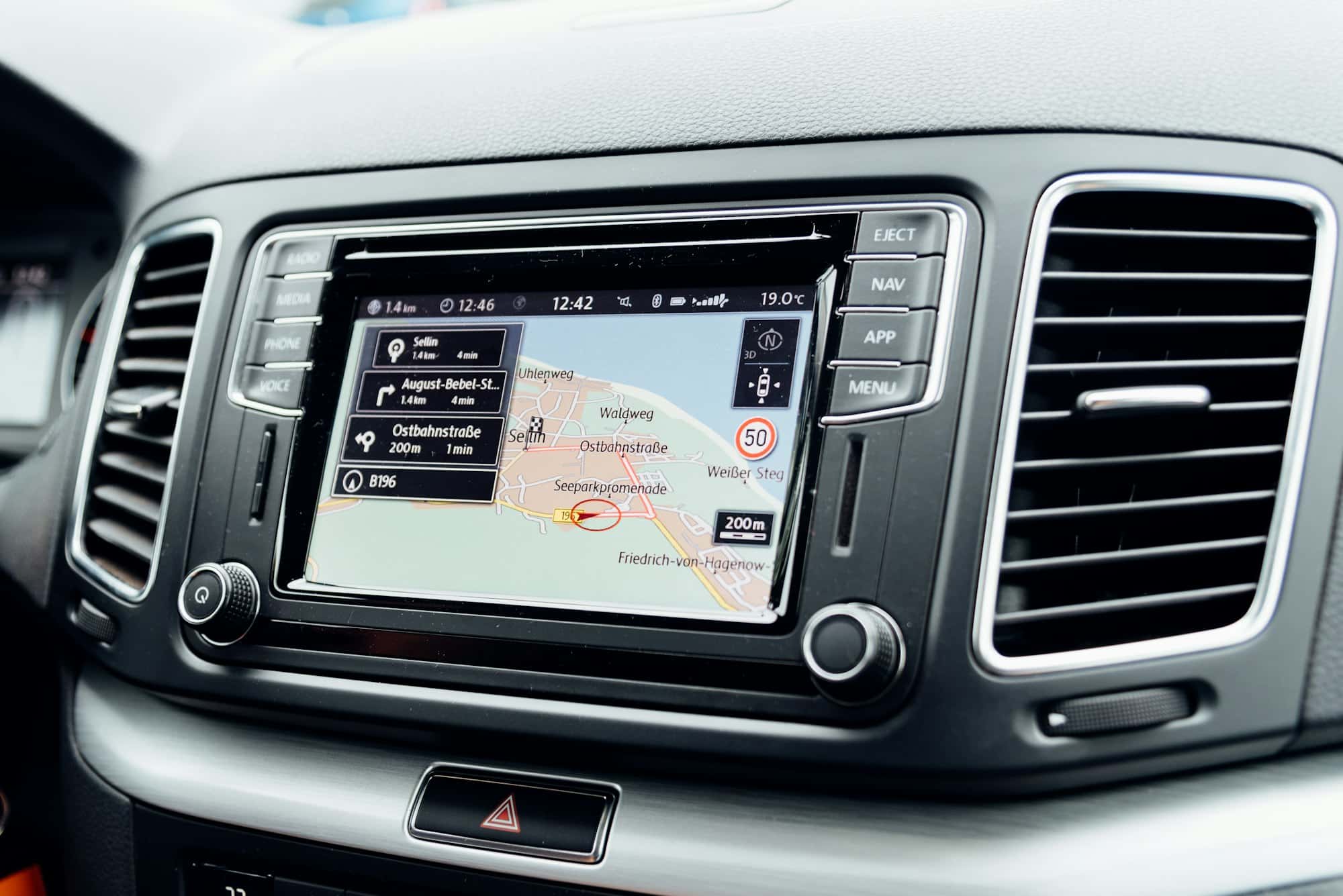What Are the Latest Advances in GPS Technology for Tracking Field Sports?

In our ever-evolving digital world, the utilization of GPS technology has become a game-changer in various sectors. One sector that has significantly benefited from the widespread use of GPS is the field sports industry. GPS is now widely used in tracking players’ movements, analyzing their performance, and enhancing their strategies. The integration of this technology has revolutionized how field sports are played, viewed, and managed. In today’s article, we discuss the latest advances in GPS technology for tracking field sports.
The Advent of Real-time Player Tracking
The introduction of real-time tracking systems in field sports represents a significant leap in the use of GPS technology in this sector. Gone are the days when coaches and trainers had to rely solely on their observations and player feedback. Today, real-time tracking systems give them access to immediate and accurate data about each player’s performance on the field.
Avez-vous vu cela : How Can Form Analysis Software Improve Technique in Discus Throwers?
These systems enable the collection of data related to a player’s distance covered, speed, movement patterns, and heart rate during a game. By analyzing this data, coaches can make informed decisions about player substitutions, tactics, and training programs. The use of real-time player tracking is revolutionizing field sports at all levels, from amateur leagues to professional competitions.
Enhanced Accuracy with Differential GPS
One of the most significant challenges faced when using GPS technology in field sports has been the issue of accuracy. Traditional GPS systems are prone to errors, sometimes up to several meters, which is not good enough for sports where every inch counts. However, the advent of Differential GPS (DGPS) has vastly improved accuracy levels.
A voir aussi : How Can Phased Training Programs Be Designed for Adolescent Track Athletes?
DGPS uses a network of fixed ground-based reference stations to broadcast the difference between the positions indicated by the satellite systems and the known fixed positions. This allows GPS receivers to correct their data and provide more precise location information. The implementation of DGPS has enhanced the accuracy of player tracking, elevating the quality of data analysis in field sports.
Integration of the Internet of Things (IoT)
The Internet of Things (IoT) is an expanding network of interconnected devices or "things" that share and collect data. When combined with GPS technology, IoT has the potential to take player tracking in field sports to a whole new level.
IoT devices, such as wearable sensors and smart clothing, can collect a wealth of data on a player’s physiological and physical status. This includes heart rate, body temperature, perspiration levels, muscle exertion, and even the impact of collisions. When this data is combined with the locational data provided by GPS, it paints a detailed picture of a player’s overall performance. IoT’s integration with GPS technology is pushing the boundaries of how player data in field sports can be collected, analyzed, and utilized.
GPS Data Analytics and Machine Learning
The advancements in GPS technology have led to an explosion of data available for analysis in field sports. This abundance of data has paved the way for the integration of machine learning techniques to analyze and decipher patterns and trends.
Machine learning algorithms can process and analyze vast amounts of complex GPS data faster and more accurately than any human analyst. They can identify patterns and generate insights that would be difficult, if not impossible, for a human to detect. These insights can then be used to improve player performance, develop new tactics, and prevent injuries.
The Future: Virtual Reality Training
While not yet widely implemented, the integration of GPS data with virtual reality (VR) technology is set to be the next big thing in field sports training. Using GPS data, virtual reality systems can create realistic simulations of real-world sports environments for players to train in.
This technology allows players to experience game-like situations and practice their skills in a controlled environment. When combined with real-time player tracking and IoT data, VR training can provide a highly detailed and personalized training experience for each player. This is particularly beneficial in sports where environmental conditions play a significant role in the game’s outcome, such as golf or football.
As we continue to push the boundaries of technology, the use of GPS in field sports is only set to increase. The latest advances in GPS technology have already significantly transformed how field sports are played, analyzed, and viewed. As technology continues to evolve, so will the ways in which we use it to enhance the field sports experience.
Augmentation of GPS with Artificial Intelligence (AI)
Artificial Intelligence (AI) in sports is not a new phenomenon, but its integration with GPS technology is a significant step forward in the field sports sector. AI augments GPS data by using machine learning algorithms to make sense of the vast amounts of data collected. The combination of GPS and AI provides deeper insights into player performance, tactics, and strategies.
The AI uses the data collected by GPS devices, IoT wearables, and other sources to create predictive models about player performance, injury risks, and optimal training regimens. For instance, AI algorithms can analyze a player’s speed, fatigue levels, heart rate, and movement patterns to predict the risk of injury. Similarly, AI algorithms can identify optimal routes for a player to cover the field, thereby enhancing their efficiency during a game.
The augmentation of GPS with AI provides a goldmine of data for coaches, trainers, and sports analysts. This fusion of technologies is accelerating the rate at which field sports tactics and strategies are evolving. It increases the accuracy of decision-making, enabling teams to gain a competitive edge over their opponents. The fusion of AI and GPS is indeed writing a new chapter in the history of field sports.
The Conclusion: The Future of GPS in Field Sports
In conclusion, the implementation and advancement of GPS technology in field sports have revolutionized the way the games are played, analyzed, and viewed. From real-time player tracking to enhanced accuracy with DGPS, the integration of IoT, the augmentation of AI in GPS, and the potential use of Virtual Reality for training, these technologies have transformed field sports at all levels.
The potential for the future use of GPS technology in field sports is vast. With each passing day, more innovative use-cases are being discovered, promising to further revolutionize the sector. The amalgamation of GPS with other emerging technologies like AI, IoT, and VR is set to generate even more precise, comprehensive, and actionable insights into player performance and strategy development.
As we look forward to the future, one thing is clear – GPS technology will continue to be a crucial part of field sports. It will continue to drive changes in how games are played and strategies are devised. As technology continues to evolve, the world of field sports will indisputably continue to transform, making it more exciting, competitive, and engaging. The sky is truly the limit when it comes to the application of GPS in field sports, and we are excited to see what the future holds.
